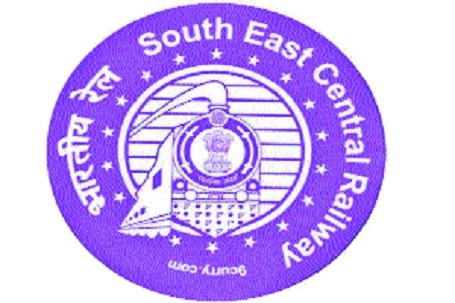Over 900 zhuggis have encroached land besides railway tracks in SECR Zone
| Date :21-Sep-2020 |

By Sagar Mohod :
Over 900 units are classified as encroachments by South East Central Railway (SECR) having its headquarters at Bilaspur and mostly they are alongside tracks. The SECR Zone is spread across the States of Maharashtra, Madhya Pradesh, and Chhattisgarh. It is leading transporter of coal over all 16 zones of Indian Railways. In a communication to the Railway Board, the zone stated that the encroachment alongside tracks was mostly of makeshift hutments or zhuggis.
As per the records, maximum encroachments are found in Maharashtra State land area, accounting for over 800, while in neighbouring Madhya Pradesh they are above 70, said the sources in the know of things. Vikas Kumar Kashyap, Senior Divisional Commercial Manager, SECR, Nagpur Division, furnished the said information to Bilaspur Headquarters. Nagpur Division starts from Itwari and stretches till outer of Jabalpur on Eastern side via Gondia and Balaghat, on Northern side till Kelvad ahead of Saoner. The part further ahead till Chhindwara falls under Madhya Pradesh region. Another area in the State coming under SECR is now part of newly broad-gauge line from Balaghat to Nainpur and ahead. From time to time, SECR clears patches of encroachments whenever they come in the way of its expansion plans.
At Nagpur alone, a number of zhuggis were removed when they became obstacle during doubling of Kalamna-Nagpur line. The corridor was catering to passengers and also main feeder route for movement of coal to Koradi and Khaparkheda power stations in the district. Particularly after super-critical power units were set up at Koradi, the requirement of coal increased and doubling of corridor for increased movement of goods without hindering operations of passenger carrying trains became necessary. Hence, the route was doubled a few years ago.
For it, zhuggis that were seen as safety obstacle were pulled down and Railways reclaimed the land. Recently, Railway Board has sought updated status of encroachments alongside the tracks, to keep abreast of actual land status while planning future projects in the country. At present, Railways is in a massive expansion mode as it is trying to decongest the corridors to clear choked network so that future faster travel can become a reality. Alongside, a major thrust is given to modernisation wherein modern machines, coaches are introduced for comfortable travel and also maximising safety.
The issue of presence of zhuggis came to forefront in the aftermath of recent observation by courts while hearing plea seeking stay on removal of slums on railway land in Delhi capital area. Since the time of British Raj, a huge land was acquired for expansion of railway network in the country keeping in mind the future requirements. However, post-independence, Indian Railways continued to work in forgotten times and expansion was never given importance till economic activities gained momentum in the country. Over the year, prime land of Railways particularly in big cities simply disappeared, especially that alongside the tracks.
A major reason was that the cities attracted masses from the hinterland in search of better lives and a majority of them pitched up tents alongside tracks. Successive establishments turned a blind eye towards this and slowly the mass enveloped into a major problem. Now, evicting them is considered a big liability. Railways adopted tough stance from time to time, whenever it became inevitable. But, limited encroachment removal action only to land required for laying of new tracks and not evicting entire zhuggis in one go.